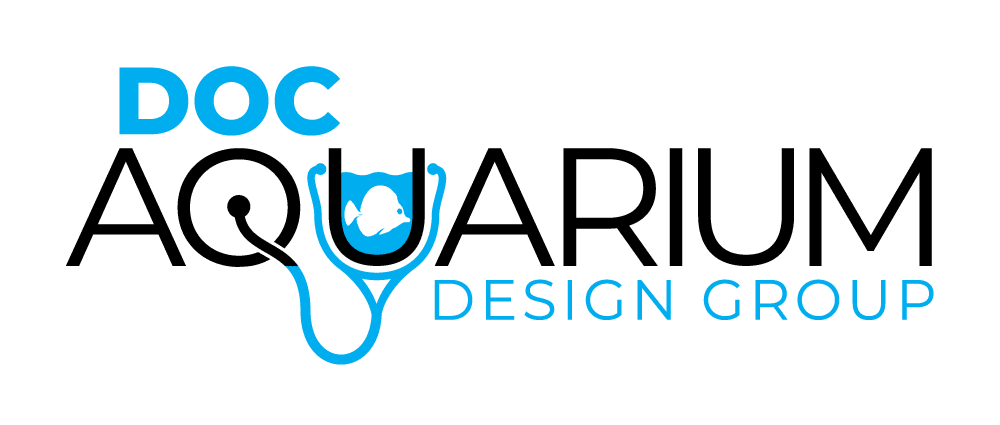Magic Carpet Mushroom
Original price was: $499.99.$150.00Current price is: $150.00.
Each mushroom corallimorph is a frag, approximately 3/4 – 1 inch and fully attached.
2 in stock
2 in stock
This is an amazing multicolored rhodactis mushroom coral. Picked this up in a trade around 2017 and it has been growing well for us ever since. Carrying colors of purple, yellow, orange and other color variations.
Lighting: Low lighting 30-80 PAR.
Flow: Low
Care Level: Easy
Original Location Range: Indonesia, Coral Triangle, South Pacific
Grown in our California coral farm where we provide zero impact corals
Water chemistry: Calcium 400-450, Magnesium 1350, KH 7-9.5, pH 8.1-8.4, Nitrates .01-10, Phosphates .01-.1 salinity 1.026
Temperature Range: 74- 81 Fahrenheit
Feeding: mushroom will consume most foods and pellets and the target feeding can be placed directly on the mushroom disk.
Mushroom anemones are corallimorpharians and are known as the transition of stony coral to soft coral. Most mushroom corallimorpharians asexually reproduce and can multiply well. These little gems can do really well and some have extraordinary colors. The rhodactis species have a little texted like surface where small tentacles protrude from the disk. Some variations of the rhodactis can produce bubbles we like to call bounce mushrooms. Discosoma species have smooth disks. The ricordea species have small tentacles spread out over the disk resembling mini carpet anemones. Ricordea can have multiple colors and different patterns making them some of the more interesting of this genus. There are two different types of ricordea mushrooms. The ricordea Yuma comes for the south Pacific region and the ricordea Florida come from the Caribbean region.
Some hobbyist like to place these on a separate rock island to keep them from spreading all over the reef. Some spread faster than others and some hardly spread at all and have to be forced to multiply. We have listed out the details for every mushroom so you know and can decide on where to place them on the reef.
Attachment: Use epoxy and or reef glue gel. Clip off as much of the plug or disc possible. Add a small amount of coral glue to the underside of the disk. Mix up enough two part epoxy to create a small mound and dab it a few times into the glue to get it tacky then press and mold a conical shape. Add a few small daps to the tip of the cone dabbing the glue so it really sticks to the epoxy. Press the coral disk onto the desired location and press the epoxy flat around the disk. Be sure the coral is fully secure, the coral should never fall off the reef. The epoxy part can be skipped using only the extra thick reef glue gel. Be sure to rub a little reef glue onto the reef section and there is enough reef glue on the coral plug to set it securely.
Click here for our favorite epoxy and reef glues.
Troubleshooting: If placing them on the reef all one needs to do is keep them managed in one section desired. We like to use a chisel for pruning by scraping the ones growing out of the desired location off the rock. These little anemone like corallimorphs can sting other corals if they are allowed to spread over the reef.
Lighting: Low lighting 30-80 PAR.
Flow: Low
Care Level: Easy
Original Location Range: Indonesia, Coral Triangle, South Pacific
Grown in our California coral farm where we provide zero impact corals
Water chemistry: Calcium 400-450, Magnesium 1350, KH 7-9.5, pH 8.1-8.4, Nitrates .01-10, Phosphates .01-.1 salinity 1.026
Temperature Range: 74- 81 Fahrenheit
Feeding: mushroom will consume most foods and pellets and the target feeding can be placed directly on the mushroom disk.



Reviews